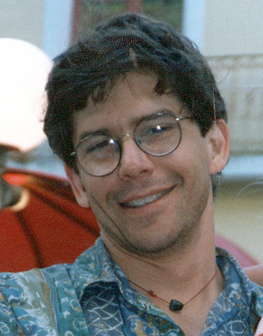| I am currently looking for three PhD students for three very different projects.
Microstructures. This is a collaborative project with Prof. Chris Wilson and will use a number of micro-analytical techniques aimed at
characterizing and quantifying the nature of microstructures of polymineralic rocks from a specific cross sectiton of the Main Central Thrust of the Himalayas.
These are gneisses and schists, and the results will be compared to those of monominerallic rocks (quartzites). This project will use the Fabric Analyser and Neutron
Diffraction, as well as detailed petrographic characterization and is ideal for someone interested in developing new ways to describe and understand shear zones.
Numerical Modelling - Himalayan Arc. This is a project based on numerical modelling of the continental collision between India and Asia. This is
a collaborative research with Dr. Fabio Capitanio which aims at investigating how the Orogeny responds to rheological heterogeneities at a range of scales in order to
understand the origin and scale of saliences and recesses in the Himalayan arc. We are seeking a numerical modeller with geodynamics, geophysics and fluid dynamics background.
Zircon studies. This project aims to carry out detailed characterization of zircons from meta-sedimentary migmatites from the Sierra de Quilmes
in Argentina. This is a collaborative project with Dr. Oliver Nebel, and builds on our recent results where we have found five distinct zircon age groups from a single
sample, ages that are repeated in other samples. These rocks were part of a 470Ma back-arc. The results suggests the possibility of several melting events.
This project seeks to detail zircon chemistry and isotopic chemistry, including age, in order to help us understand the nature, origin and timing of the multiple anatectic events.
This project will use our new LA-ICP-MS equipment, including a LASS, and is ideal for those interested in cutting-edge analytical techniques applied to understanding
the evolution of back arcs.
The School of Earth, Atmosphere and Environment at Monash University is a dynamic and friendly School, with an active and international post-graduate cohort.
The projects will interest particularly the laboratory oriented students. If you are interested in any of the projects contact me. |
